“What I found was that when you stepped out of the tumultuous Tahrir Square, you found a world that was at a stop – almost a negative of the revolution in a strange way,” says French American photographer Julien Chatelin of his time spent exploring the territories surrounding conflict zones in Egypt.
“I was playing with the idea that history was concentrated in time and space, and if you drive just two or three kilometres out, you’re confronted with a completely different reality. It’s interesting, the change of perspective.”
In 2011, Chatelin, a successful photojournalist and author of the photobook Israel Borderline (2008), was sent to Libya to cover the uprising at the beginning of the war. After a few months he became frustrated with the work he was producing and decided to head in a different direction.
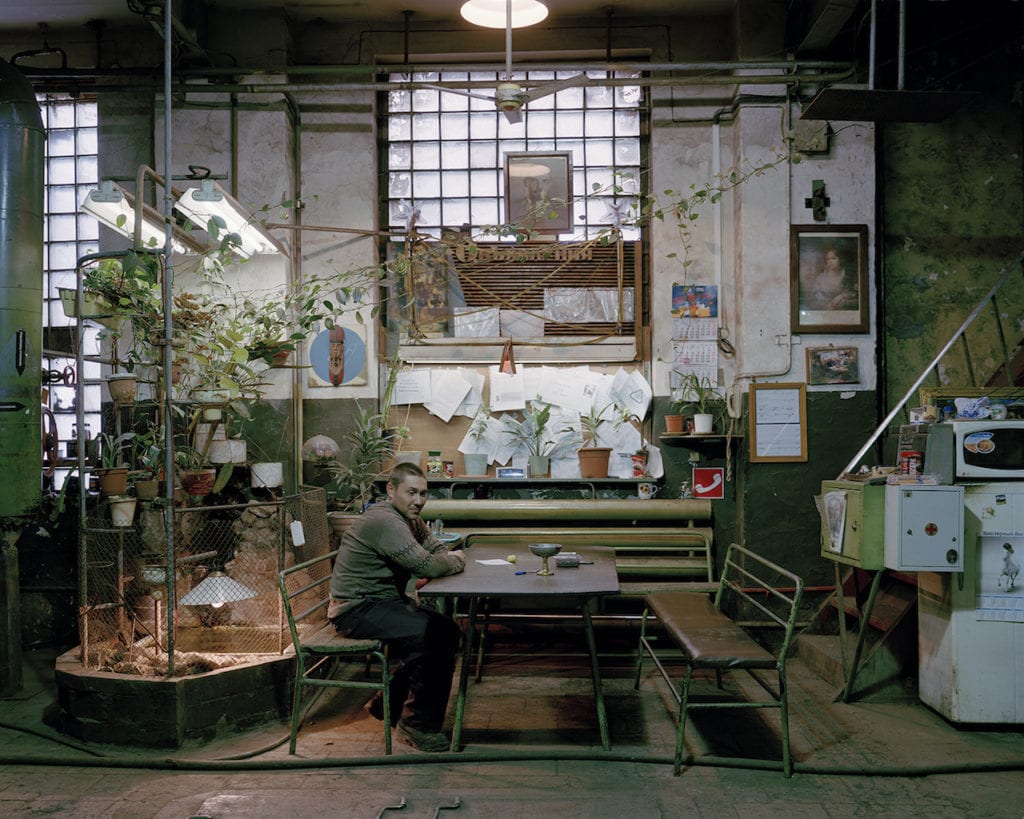
Denis, 28 years old, an electrician at Norilsk Nickel. Norilsk, Russia, May 2015 ©Julien Chatelin
“It was an aesthetic quest,” he says. “I was looking for certain imagery and not for information; looking for a landscape to make sense. What was difficult for me was to break away from this ‘decisive moment’ in photography where you see things coming together and you know you have the right timing and the right action.
“There I was working in that 99 percent of time where nothing is happening and you try to look at things differently – the moment is still decisive but it’s much more subtle. A cloud goes and the light is more diffused and suddenly the images emerge in that subtle moment where everything comes together. It’s an interesting creative process.”
Chatelin is yet to decide whether the project is finished. “The more destinations I was doing, the more the idea came through,” he says. Having worked for so long in large format and film, he now aspires to go back to something where he is more free and mobile, perhaps returning to a digital format.
He also explains that the emphasis of his work is shifting away from photojournalism, describing it as: “Still documentary but much more on ideas and different ways to convey them through documentary. For me the process of taking pictures is crucial. I like to challenge my vision.”
julienchatelin.com This article was first published in the July issue of BJP, which is available via www.thebjpshop.com
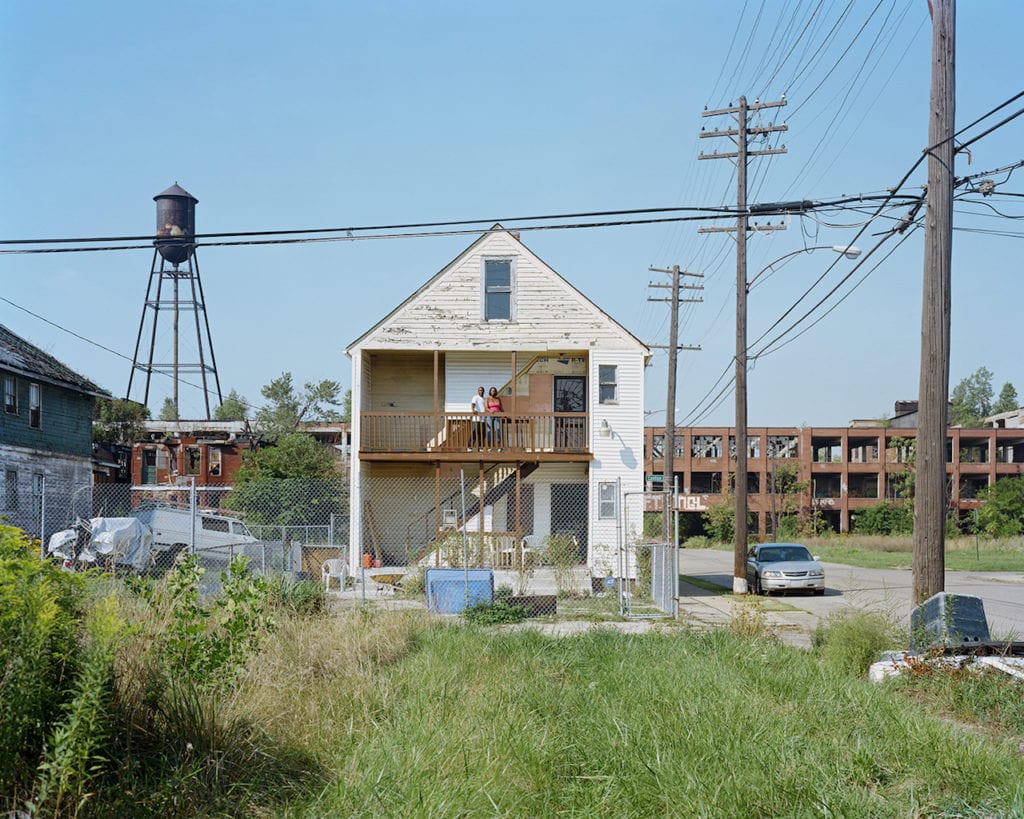
A house across the infamous Packard plant. The Packard Automotive Plant is a former automobile-manufacturing factory in Detroit, where luxury cars were made by the Packard Motor Car Company. It is the largest brownfield the world, as the factory spread on 325,000 square meters. It was auctioned in 2013, and is now in the process of cleanup. East Side, Detroit, 2012. From the series The Beaver and the Cadillac ©Julien Chatelin 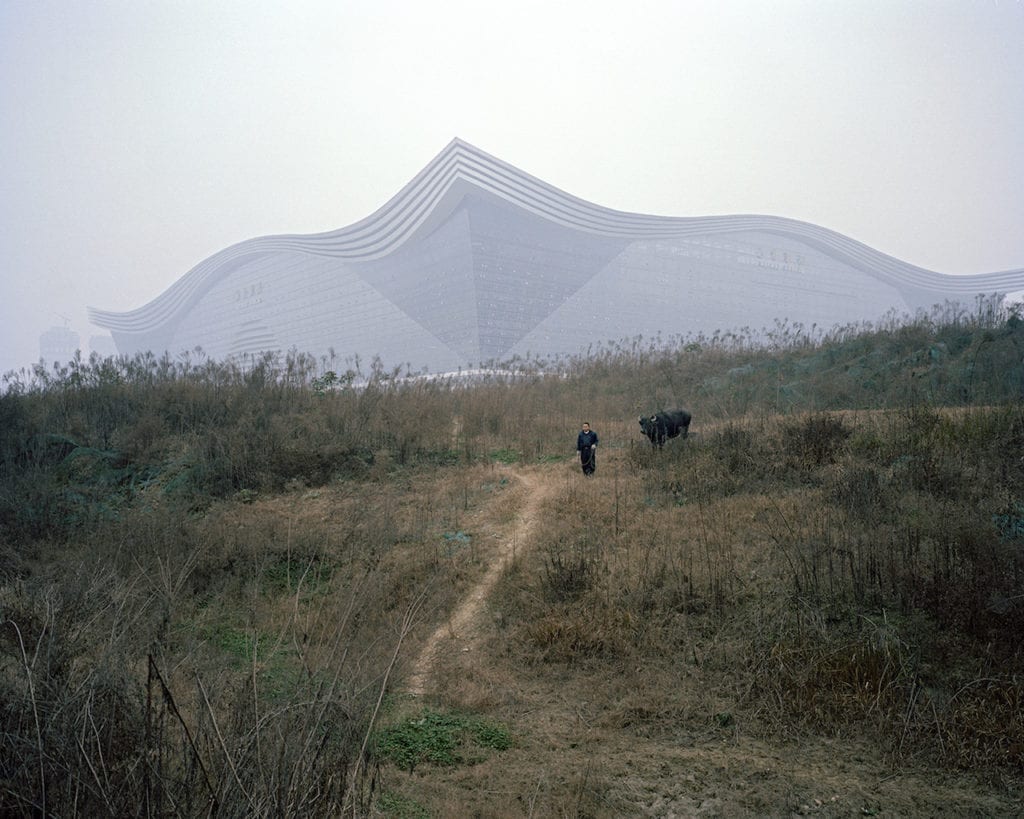
New Century Global Center, the world’s biggest mall. Chengdu, China, January 2015. From the series China West © Julien Chatelin 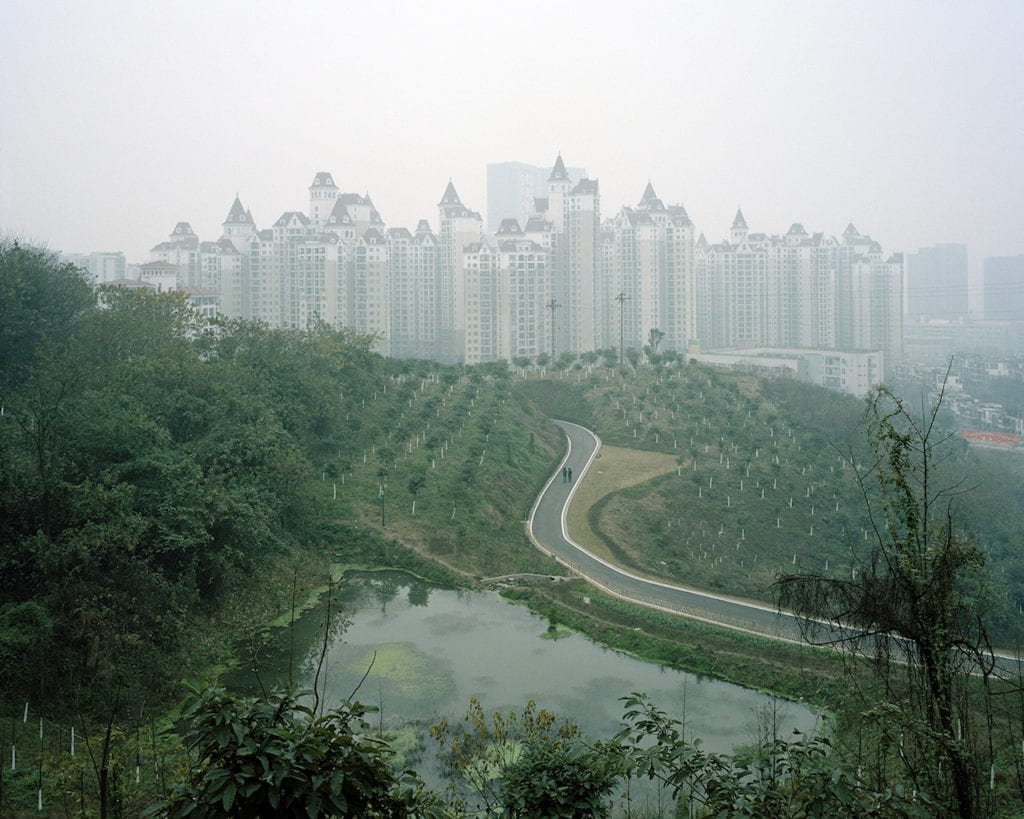
Luxury housing, Chongqing, China, January 2015. From the series China West © Julien Chatelin 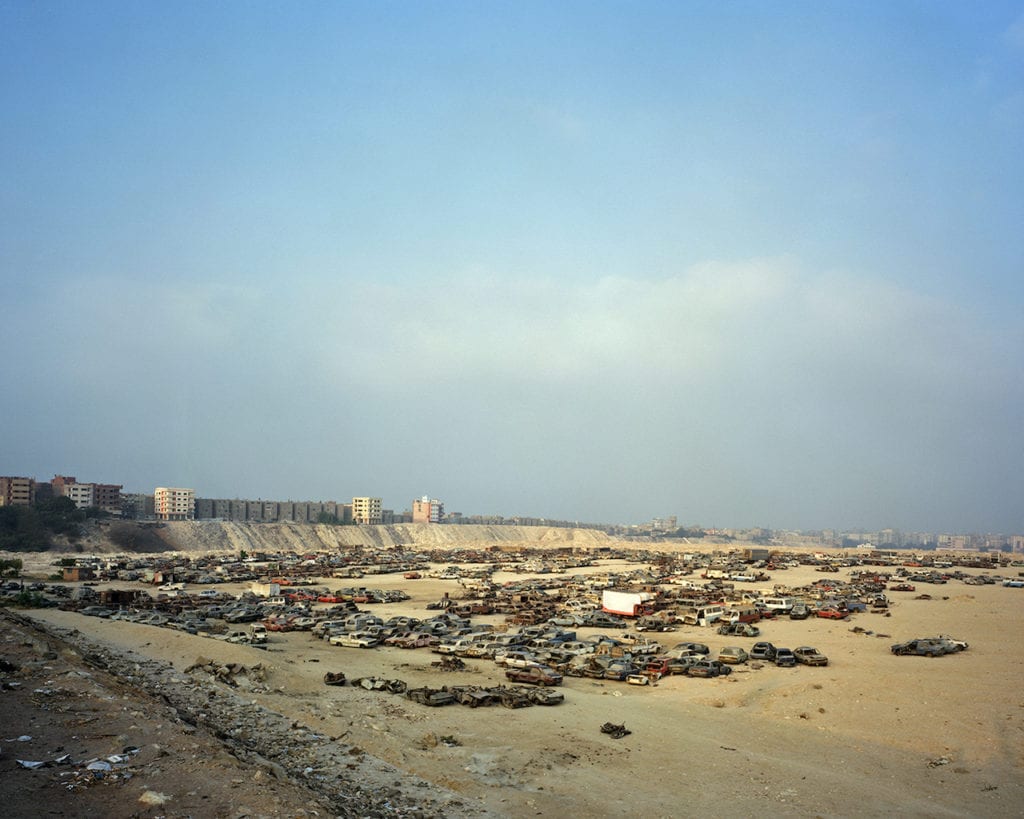
Judicial car yard, Helwan, Egypt, September 2011. From the series Egyptorama © Julien Chatelin
“I was playing with the idea that history was concentrated in time and space, and if you drive just two or three kilometres out, you’re confronted with a completely different reality. It’s interesting, the change of perspective.”
In 2011, Chatelin, a successful photojournalist and author of the photobook Israel Borderline (2008), was sent to Libya to cover the uprising at the beginning of the war. After a few months he became frustrated with the work he was producing and decided to head in a different direction.

“It was an aesthetic quest,” he says. “I was looking for certain imagery and not for information; looking for a landscape to make sense. What was difficult for me was to break away from this ‘decisive moment’ in photography where you see things coming together and you know you have the right timing and the right action.
“There I was working in that 99 percent of time where nothing is happening and you try to look at things differently – the moment is still decisive but it’s much more subtle. A cloud goes and the light is more diffused and suddenly the images emerge in that subtle moment where everything comes together. It’s an interesting creative process.”
Chatelin is yet to decide whether the project is finished. “The more destinations I was doing, the more the idea came through,” he says. Having worked for so long in large format and film, he now aspires to go back to something where he is more free and mobile, perhaps returning to a digital format.
He also explains that the emphasis of his work is shifting away from photojournalism, describing it as: “Still documentary but much more on ideas and different ways to convey them through documentary. For me the process of taking pictures is crucial. I like to challenge my vision.”
julienchatelin.com This article was first published in the July issue of BJP, which is available via www.thebjpshop.com





